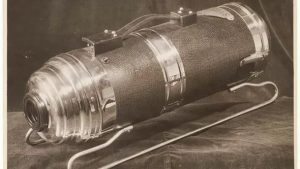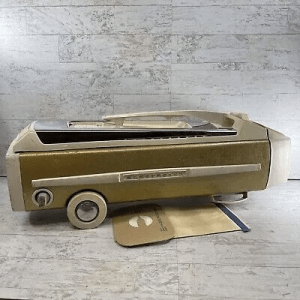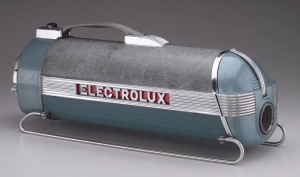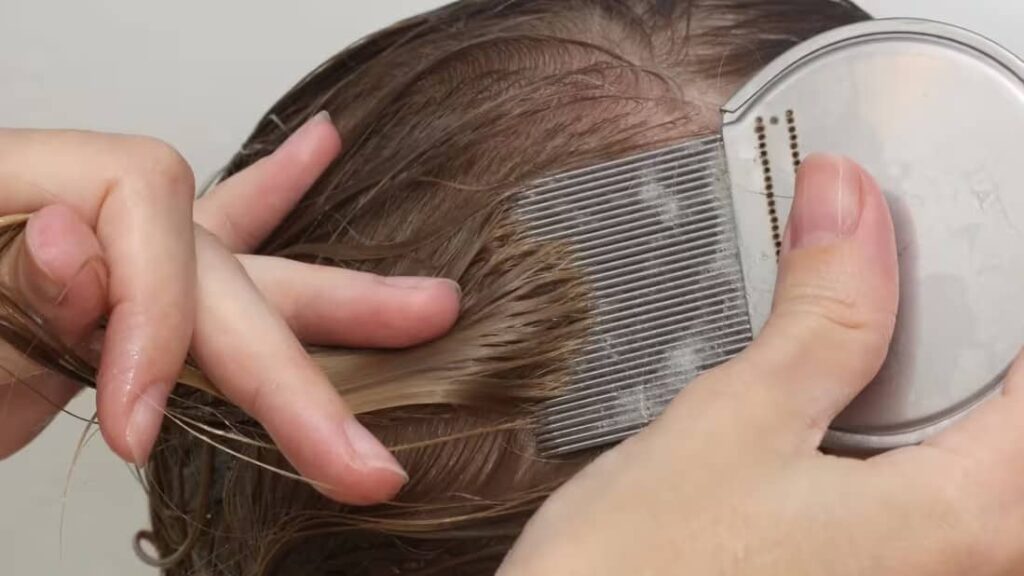One constant in life is the inevitability of change. Time progresses, and change is an unstoppable force—whether it’s in people, technology, or situations. Reflect on your own life, and you’ll see the undeniable presence of change.

How significant have the changes been, particularly in technological advancements? It can be somewhat daunting to glance back and witness the substantial evolution. Yet, it can also be remarkably refreshing! Consider this “thing”; we’re confident you won’t easily identify it. Unless you were present in the ’30s, chances are, this might be unfamiliar to you. If you can recognize it, well done! Doesn’t it have an unusual appearance? Can you venture a guess about what this contraption might be?

It’s entirely understandable if you’re unsure about what this device is, but we sense your curiosity! This peculiar-looking object, resembling a flask or some form of carrier, is, in fact, a 1930s vacuum cleaner known as the Hercules! This vintage vacuum stands in stark contrast to the modern hoovers we use today. As I type this, my Roomba® is currently cleaning my floor—a far cry from the innovative Hercules of its time!
Can you imagine what life must have been like back then, and how revolutionary a machine like this was? Today, we often take for granted the ease that technology and progress have brought to our lives.
The Hercules Vacuum cleaner was a stylish and sophisticated machine in its era. The one shown above was even covered in crocodile skin, making it a rather expensive purchase. What added to its luxury was that it was sold during the Great Depression, a time when many families struggled to make ends meet, let alone afford a Hercules. If you did recognize this item, try showing it to your kids and see if they can guess what it is! They most likely won’t have a clue!

Did you know that the basic broom wasn’t perfected until 1797? A Massachusetts farmer, observing his wife struggle with sweeping, decided to craft one that worked efficiently. His creation, known as broomcorn, soon became a household staple. However, as time passed, convenience took precedence. Various new sweepers and brooms emerged, leading to the invention of the first real vacuum cleaner by Daniel Hess in the 1860s. His patent stated: “The nature of my invention consists in drawing fine dust and dirt through the machine by means of a draft of air.”
Further advancements came in 1869 when Ives McGaffey of Chicago took it a step further. However, his design was more challenging to use than a regular broom. His patent noted: “The accumulation of dust and dirt in dwelling-houses is a source of great annoyance to all good housekeepers… to obviate these difficulties is the object of my invention.” Unfortunately, despite his efforts, his invention did not gain traction.

Numerous designs came and went, but it was James Murray Spangler who revolutionized the vacuum cleaner. A humble janitor at the age of 60, residing in Canton, Ohio, James dedicated himself to perfecting his design, even at the cost of his health. What set his machine apart was not only its upright position but also its portability. The rudimentary yet effective device sucked in dirt and expelled it out the back into an attached pillowcase. Spangler patented it in 1907, leading him to quit his job and establish the Electric Suction Sweeper Company. “It used a ceiling fan motor and paddle blades to create the air flow… he used a leather belt and journaled it to a rotating brush that he had gotten out of a carpet sweeper… No one was able to get the carpet that clean because they didn’t have a motor-driven brush.”
When financial difficulties arose, the Hoover emerged as Spangler sold his company to his cousin, Susan Hoover!



